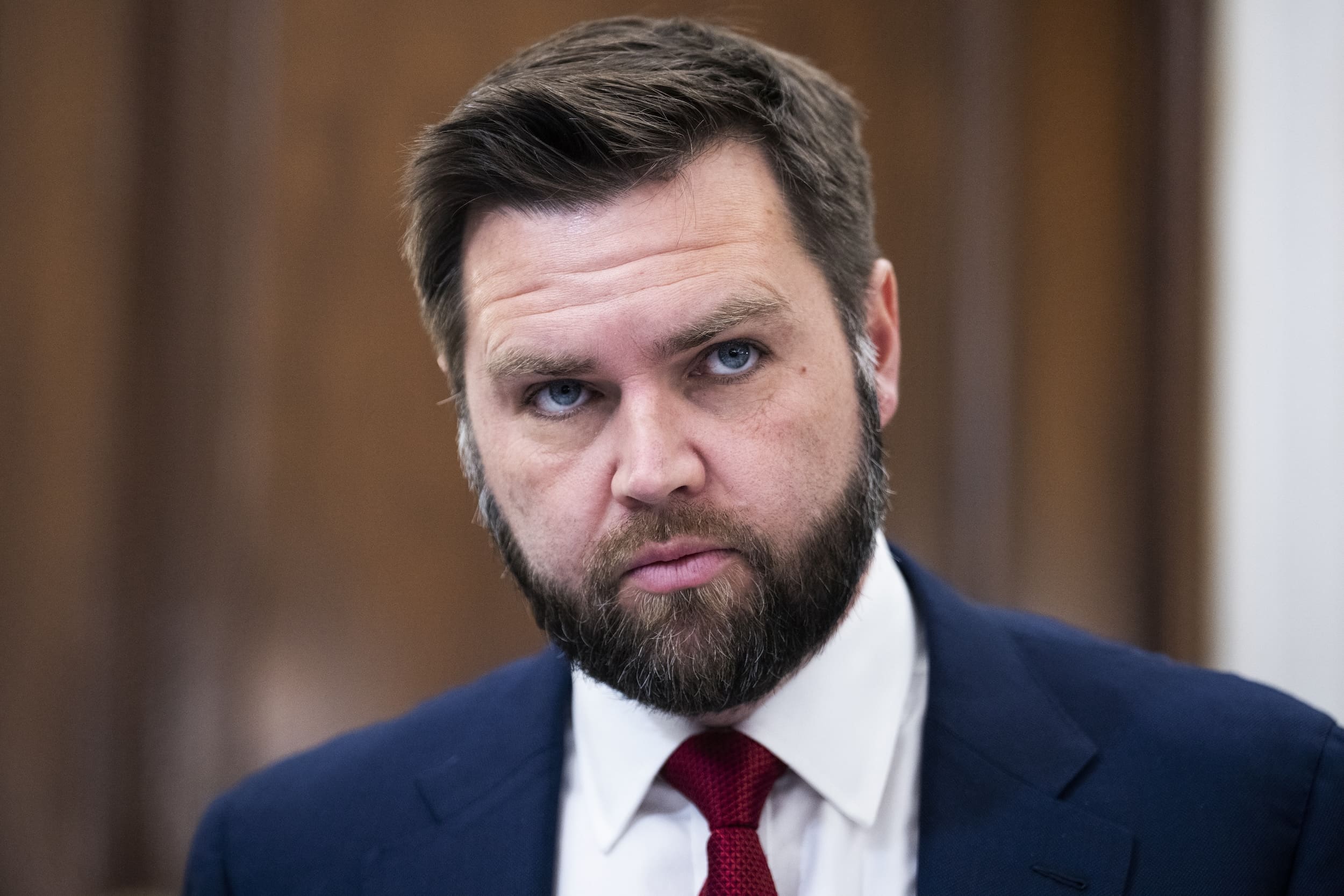J.D. Vance Slams Democrats Over Possible Government Shutdown
On Thursday evening, Vice President-elect J.D. Vance held a crucial meeting with House Speaker Mike Johnson and other key Republican lawmakers to discuss the growing concerns surrounding a potential government shutdown. The meeting came as a critical deadline for funding approached, and the discussions centered on how to resolve the fiscal challenges facing both the incoming administration and Congress.
The Fiscal Deadlock
Recent events have intensified worries over a government shutdown after a proposed spending bill failed in the House of Representatives. Initially presented as a bipartisan solution, the bill aimed to extend government funding through mid-March 2025 and included provisions for $110 billion in disaster aid. However, the bill was not without controversy. Critics argued that it contained excessive policy riders, which they viewed as unnecessary and wasteful. High-profile figures, such as Elon Musk, voiced their opposition, adding to the growing backlash within Republican circles and contributing to the eventual collapse of the agreement.
The Strategic Meeting
Following the bill’s failure, Vice President-elect Vance, alongside Speaker Johnson, convened with prominent Republican members to strategize and find a way forward. The meeting’s primary goal was to explore potential solutions to avoid a government shutdown while addressing broader fiscal issues. Although details from the session remain private, the gathering underscored the Republican leadership’s commitment to working together to navigate the complexities of the budget and ensure continued government operations.
Balancing Priorities
The Republican leadership now faces the challenge of finding a compromise that appeals to their party’s fiscal conservatives while also ensuring the measure can secure bipartisan support in the Senate and ultimately pass through to the President. The breakdown of the previous spending bill highlighted the difficulty of balancing these competing priorities. While maintaining fiscal conservatism, it’s essential to craft a plan that doesn’t alienate crucial stakeholders or risk further political division.
Potential Path Ahead
In response to the failure of the original proposal, Speaker Johnson has suggested the creation of a “Plan C” to avert a shutdown, with a vote scheduled for Friday morning. While specific details of this plan remain undisclosed, it is expected to be a more streamlined version of the earlier bill, addressing the concerns that led to the rejection of the first proposal. The goal is to present a more focused solution that can pass both chambers and avoid the significant disruptions that a shutdown would cause.
The Role of Vice President-elect Vance
Vice President-elect Vance’s active participation in these negotiations highlights his administration’s commitment to fiscal policy and collaborative governance. His involvement signals an understanding of the importance of these negotiations for the nation’s future and demonstrates a proactive approach to engaging with Congress in addressing fiscal challenges.
What’s at Stake
The outcomes of these discussions could have far-reaching consequences. A successful resolution would prevent a government shutdown, maintaining operations and demonstrating the new administration’s ability to navigate complex budgetary issues. However, if no agreement is reached, it could result in serious operational disruptions and undermine public confidence in the government’s ability to function effectively.
Looking Ahead
As the deadline to prevent a shutdown draws near, the Republican leadership and the incoming administration’s ability to reach a consensus will be critical. The efforts of Vice President-elect Vance, Speaker Johnson, and other key figures reflect the high stakes involved and the determination to find a workable solution. In the coming hours, the direction of government funding and the ability to maintain essential services will be determined, with significant implications for both political leadership and public trust.
